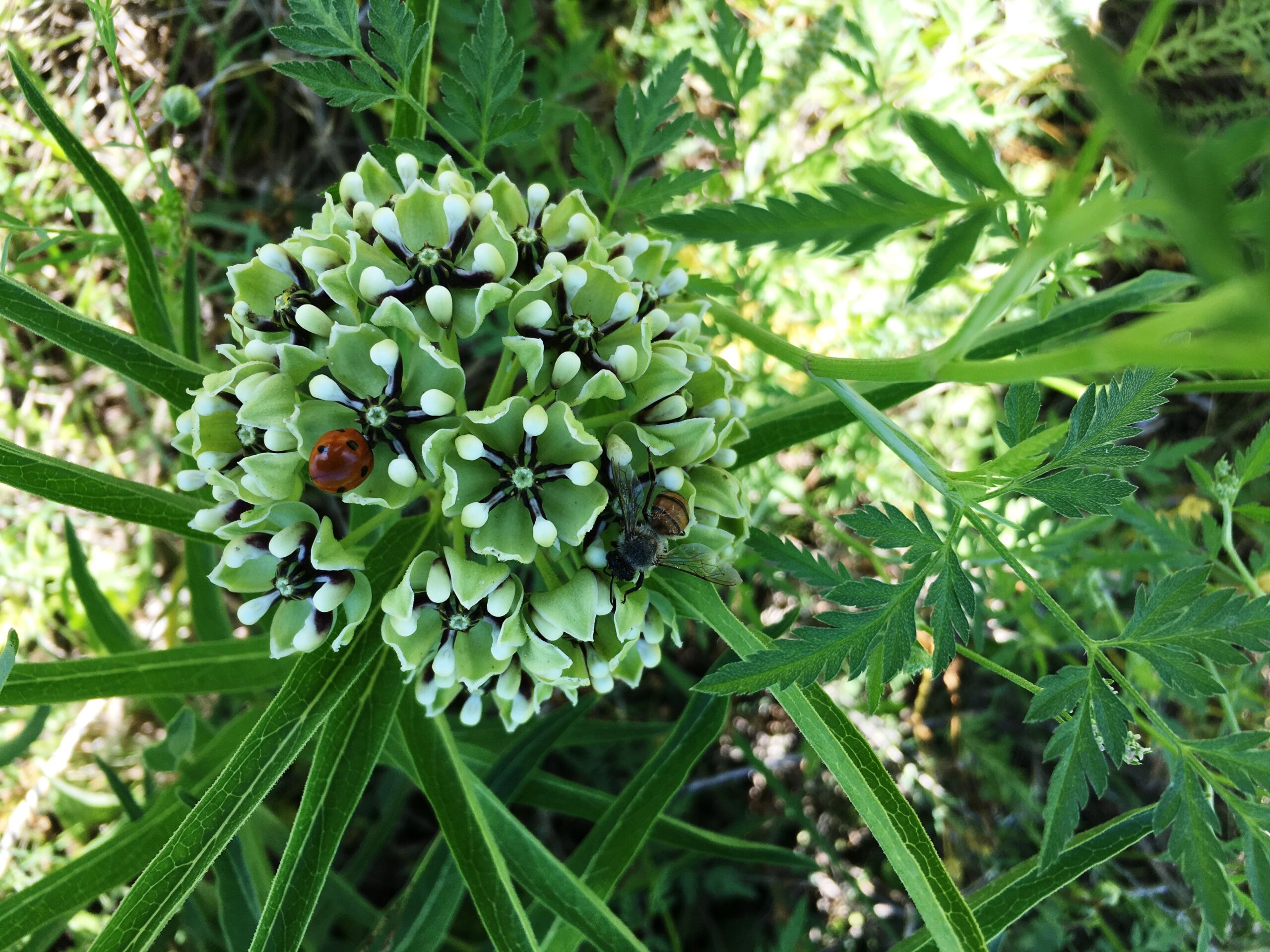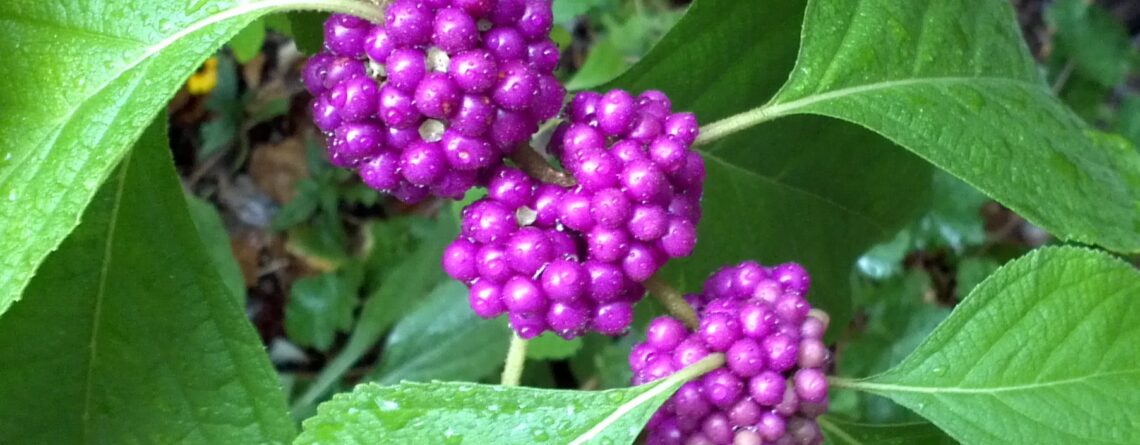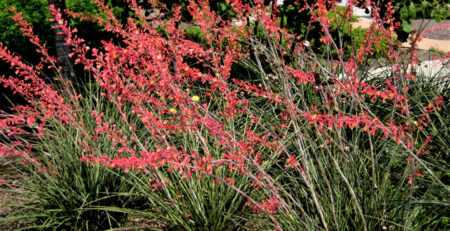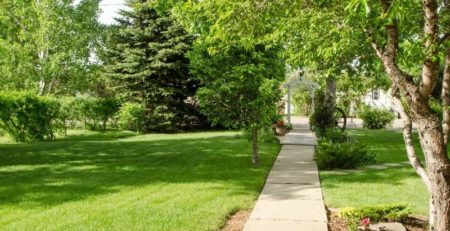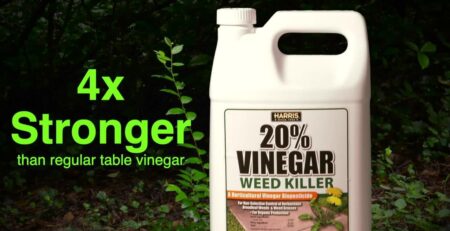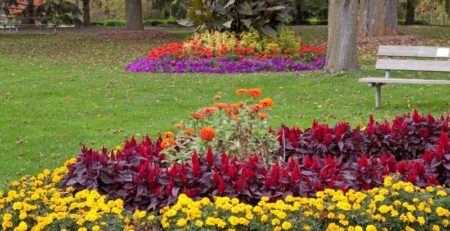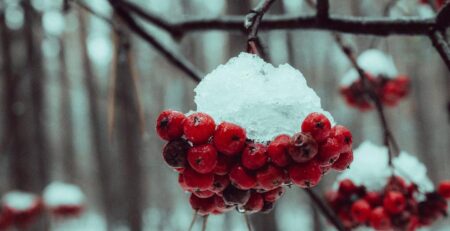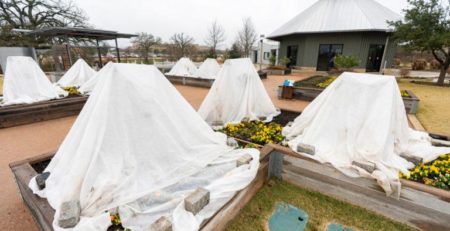Why Landscape with Native Plants?
When we talk about native plants, we usually refer to plants that have naturally evolved in a given area without interference from humans. In North America, we consider a species to be native if it was known to be growing on the continent prior to the arrival of the Europeans. A plant’s native range is defined as the area where the species is known to be native. Many plants are native to large swaths of the country, others are native to only a few isolated areas.
Globally, native plant species are being lost on a large scale due to habitat destruction and displacement by invasive species. As a result, conservationists and some government agencies are encouraging gardeners to utilize native plants in an effort to preserve local biodiversity. The presence of native plants in turn supports native wildlife and may aid in the regeneration of damaged ecosystems.
A second argument for utilizing native plants is that they conserve natural resources.
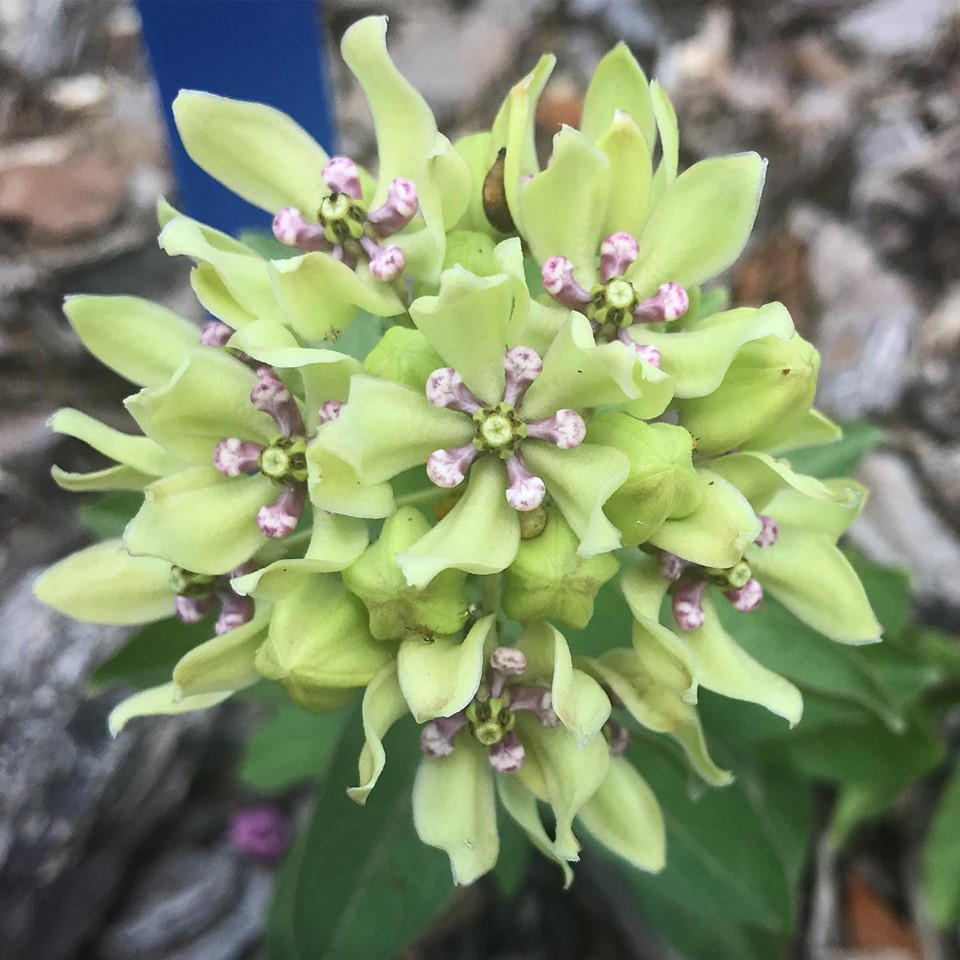
Many plants native to Texas have a high tolerance for poor soils and drought, requiring little supplemental irrigation and no fertilizer once established. Natives are described as being more disease and pest resistant than non-native species and may require less use of pesticides and fungicides. These plants have adapted to the extremes of weather in the area and can survive hot summers and cold winters with no additional protection.

In reality, however, it must be understood that conditions in your yard may not resemble conditions in a plant’s natural habitat. To succeed with natives, you need to know more than whether or not a plant is native to your area, you need to know how it grows in the wild. Texas is a big state with diverse soils and climates. Plants native to one growing region may not be native to another.
Texas Sage (Leucophyllum frutescens) for example, is considered native to a large part of Texas. This plant grows on “rocky caliche slopes and stony, calcareous soils.” For this plant to thrive in a north Texas landscape it would need very alkaline soil and very good drainage. Planting this species in poorly drained clay will almost certainly lead to failure. Also, take into consideration the drought tolerance and the cold hardiness of your plant. A native of the Gulf Coast region accustomed to moist soil and warm winters may not adapt to the dry summers and cold winters of North Texas.
It is possible that a native plant may perform too well in your yard. In the wild, the growth of many native plants is limited by local conditions; poor soil, scant rainfall and grazing animals can keep a plant’s size in check. The Maximilian Sunflower is a perennial sunflower native to Texas prairies; it grows anywhere from 3 to 10 feet tall and spreads to form large colonies. This plant is considered a desirable range plant and is eaten by many livestock. In a small garden with enriched soil, supplemental irrigation, and no cows, this plant can grow aggressively and crowd out all other plants in the vicinity.
To reap the benefits of your natives, don’t place them alongside plants that do require irrigation and fertilizer. Not only does this defeat the purpose of native plantings, it can also contribute to a plant’s decline. Many natives that have adapted to dry conditions and poor soil may perform poorly in sites with excess moisture and fertility.
For some great resources to help you plan and design a garden using natives, visit:

https://www.dcmga.com/wp-content/uploads/docs/garden-basics-plan/gb-native-plants-north-texas.pdf
https://www.wildflower.org/learn/guide-native-plant-gardening
There are many demonstration gardens around town where you can get ideas on how these plants may look in your own landscape. Here is a list of just a few:
http://www.txsmartscape.com/demonstration-gardens.php
